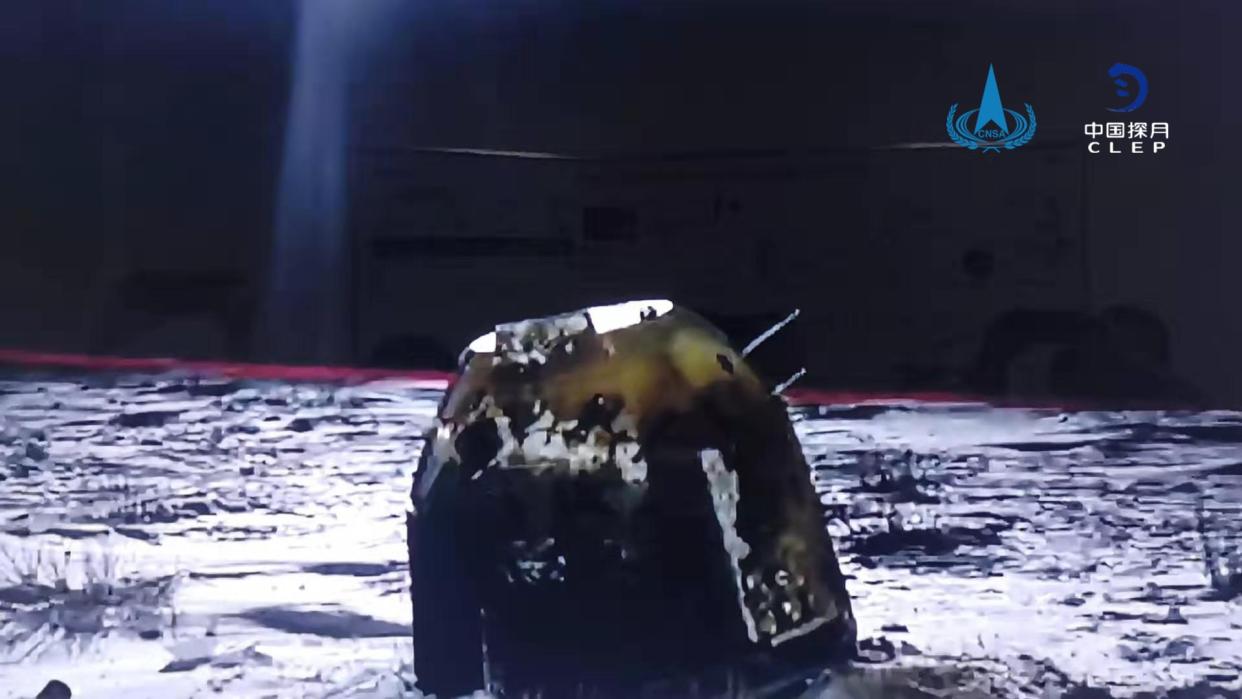China makes Chang'e 5 moon samples open to international researchers

China is making lunar material collected by its Chang'e 5 moon mission available to research proposals by international scientists for the first time.
The Chinese National Space Administration (CNSA) outlined opportunities and set the rules for future management of international cooperation in moon samples and scientific data in a statement on its webpages on Aug. 2.
The Chang'e 5 lunar sample return mission launched in November 2020 and returned 23 days later with 3.81 pounds (1.73 kilograms) of lunar material collected from the Oceanus Procellarum ("Ocean of Storms") region.
Related: The latest news about China's space program
The samples have long been open to proposals from Chinese research institutions. Studies using them have made a series of discoveries, including clues regarding the nature of lunar volcanism and an unexpected amount of water locked inside lunar glass beads. But now the precious samples will be more widely accessible.
Proposals can be submitted to CNSA and will be reviewed every six months. CNSA's Lunar Exploration and Space Engineering Center (LESEC) will be involved in research management, while the National Astronomical Observatories of the Chinese Academy of Sciences (CAS), the main curatorial agency of lunar samples, will oversee distribution and return of lunar samples.
Related stories:
— China's Chang'e 5 capsule lands on Earth with the 1st new moon samples in 44 years
— China unveils ambitious moon mission plans for 2024 and beyond
— The moon on Earth: Where are NASA's Apollo lunar rocks now?
China is planning to follow up Chang'e 5 with an even more complex and ambitious sample return mission next year. Launching around May 2024, Chang'e 6 will attempt to collect the first-ever samples from the far side of the moon.
The aim will be to obtain material from Apollo Crater containing rocks originating in the lunar mantle.

